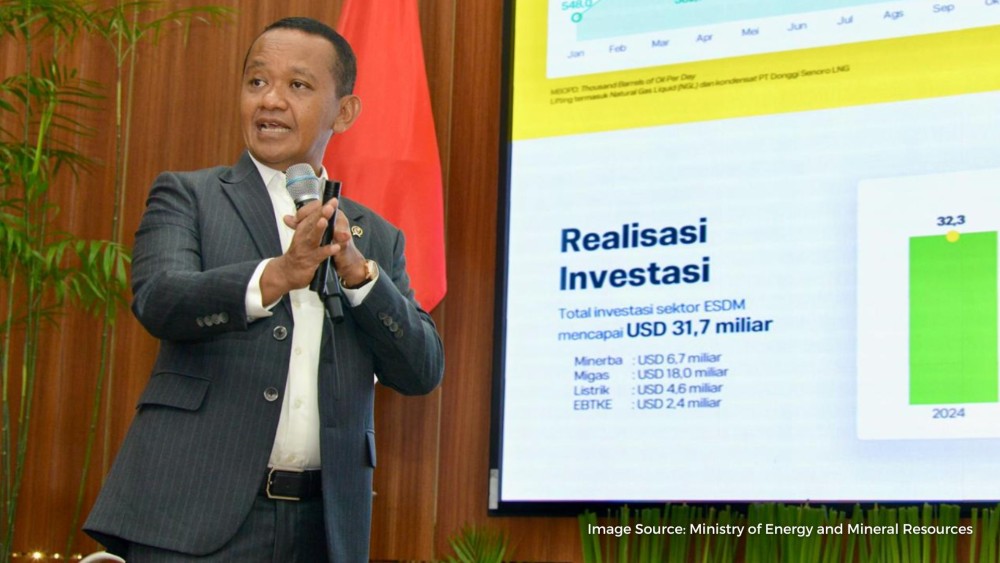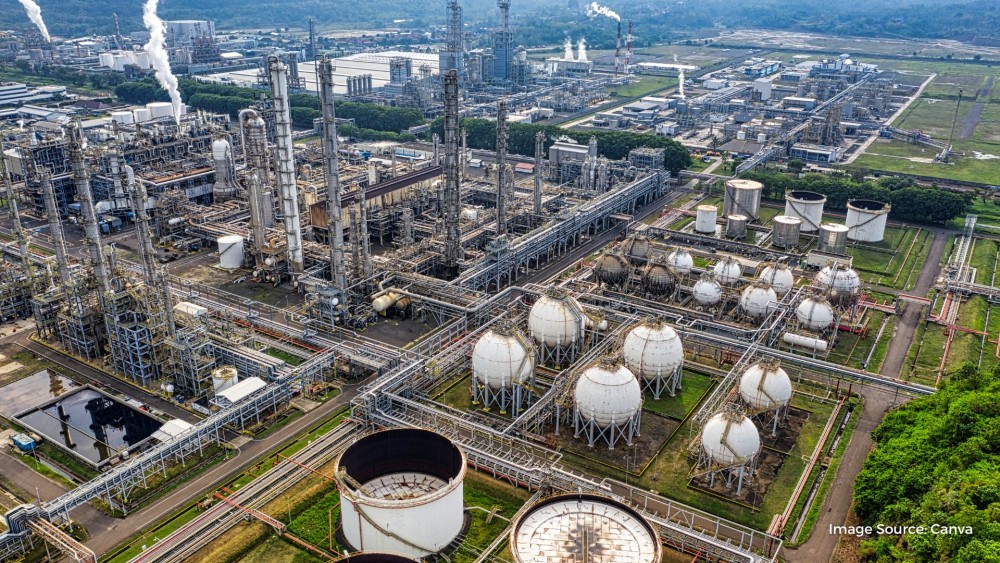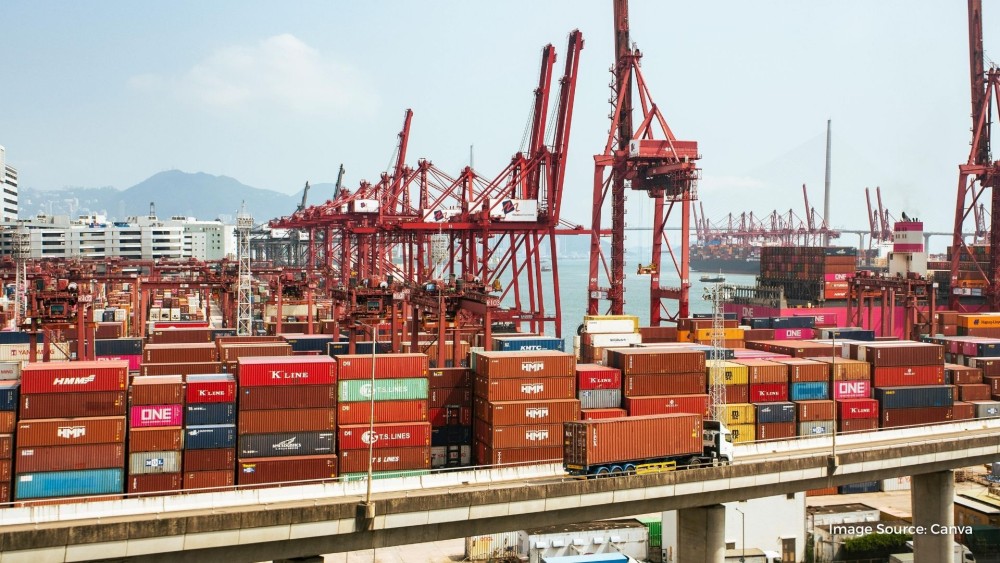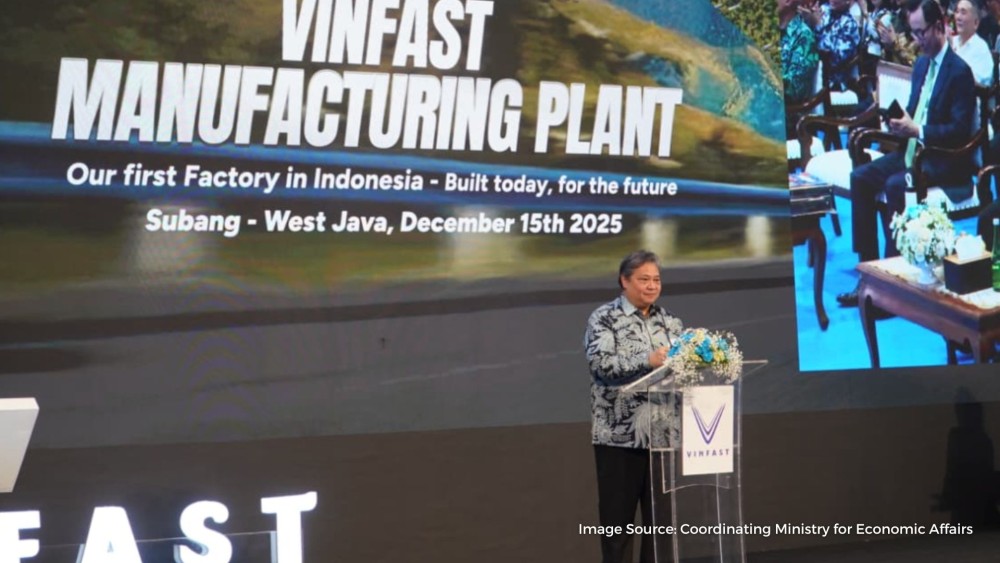Indonesia allocates US$455 Million for electric motorcycle subsidy
29 May 2024
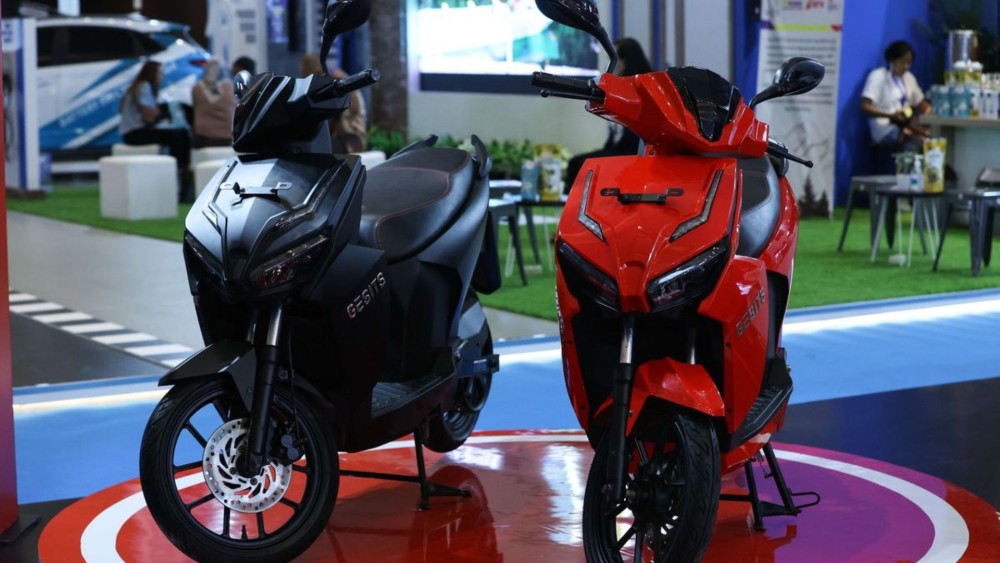
The Indonesian government has committed U$455 million to subsidize the purchase of electric motorcycles.
Director General of New, Renewable Energy, and Energy Conservation at the Energy and Mineral Resources Ministry Dadan Kusdiana delivered that statement at the International Energy Agency’s (IEA) 9th Annual Global Conference on Energy Efficiency in Nairobi, Kenya, on Wednesday, May 22, 2024.
He said the subsidy will cover the purchase of 800,000 new electric motorcycles and the conversion of 200,000 combustion engine motorcycles into electric ones. So far, the subsidies have supported the acquisition of 30,083 electric motorcycles.
This was confirmed by the ministry’s spokesperson, Febri Hendri Antoni Arif, who added that the ministry was aiming to subsidize the purchase of 50,000 electric motorcycles by mid-August of early September 2024.
“If electric motorcycles’ sales are high and they are widely used by the public, then there will be a need for more investment to provide charging stations, workshops, accessories and other needs for electric motorcycles,” he said on May 28, 2024, as quoted by Antara.
The subsidy program provides an Rp 7 million (roughly around US$435.36) discount on the purchase of electric motorcycles. As of mid-May 2024, the total number of electric vehicles in Indonesia, comprising of two, three and four-wheeled passenger and commercial vehicles, has reached 144,547 units.
The initiative is part of Indonesia’s broader commitment to achieving net-zero emissions by 2060.
Infrastructure development is a key component of this initiative, wherein Indonesia has established 1,566 charging stations and 1,772 battery swap facilities. The government plans to increase these numbers to 48,118 charging stations and 196,179 battery swap units by 2030.
The government aims to have 13 million electric motorcycles and 2 million electric cars on the road by 2030. This transition aims to save 29.79 million barrels of oil equivalent and reduce CO2 emissions by 7.23 million tons.


